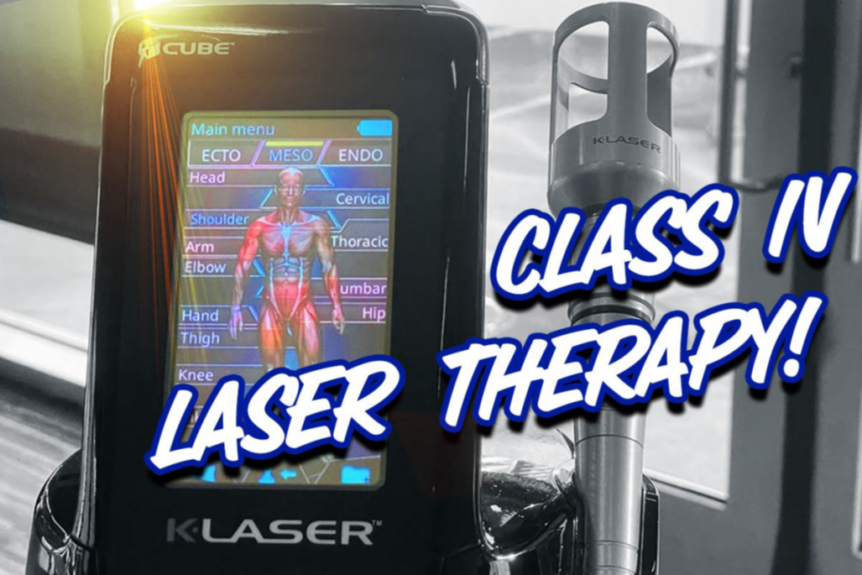We here at Tower Physio believe that Calgarians are awesome and that being in pain is pretty lame. As such, we do all we can to get you feeling and moving better as quickly as possible. One of the many ways we do this is by utilizing the proven effects of class IV laser therapy. If you want to discover all the profound benefits it can offer, keep on reading; this article has got you covered!
Class IV laser therapy has been proven to accelerate the healing of injured muscles, tendons, joints, and other tissues within the body while controlling pain. It is a painless procedure that works by improving blood flow, increasing cellular energy, and controlling inflammation.
We believe that Calgarians (and everyone else, for that matter) should have access to straightforward and thorough information on how physiotherapy can help optimize their well-being. And since we utilize class IV laser therapy as a component for many of our patients’ treatments, we want you to have access to any questions you may have about this therapeutic device.
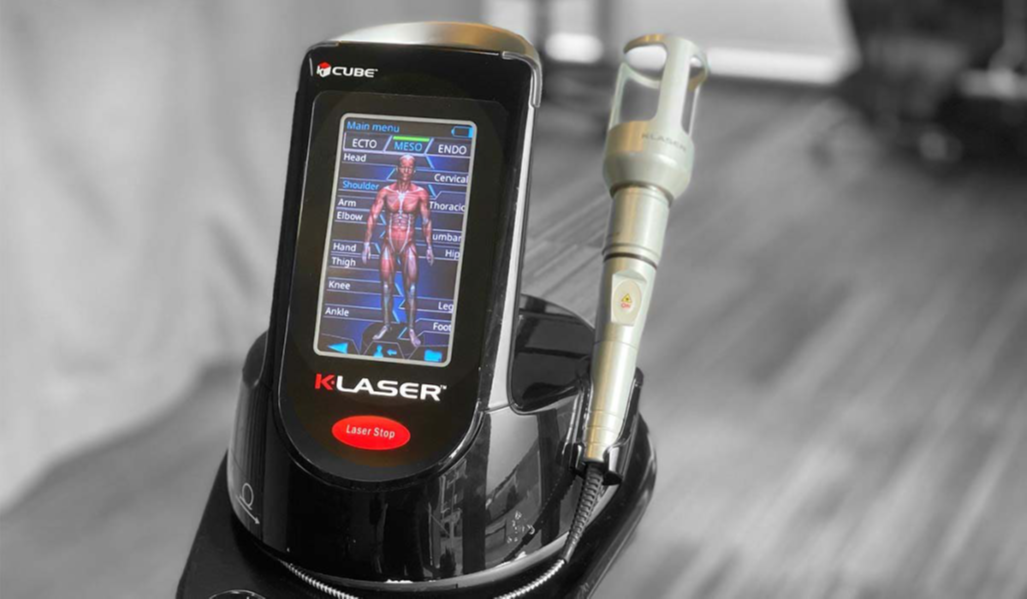
How laser therapy works
Without going into the absurdly geeky details of this therapeutic modality, laser therapy works by producing very specific wavelengths of light that penetrate into the tissues of the body (muscles, tendons, joints, etc.). These wavelengths of light each have unique therapeutic properties for the cells and tissues they interact with, which occurs when the energy within the light is absorbed and then converted into energy that the injured cells and tissues can utilize.
The process of light energy being converted into chemical energy within a living cell or tissue is known as photobiomodulation. (We like the chance to use big words — they make us sound smart).
At Tower, we used a classification of laser known as a class IV laser. Laser’s can be classified by their overall power output level, with class IV having by far the greatest power output. Many healthcare clinics utilize class III laser therapy (a non-thermal laser, often called a cold laser). While this laser classification can be beneficial for injuries to the skin, class III lasers lack the power to penetrate deeper tissues that often require treatment.
By definition, a class III laser will have a maximal power output of 500 milliwatts (0.5 watts), while class IV lasers have a power output that will far exceed this value.
A greater power output allows for greater depth of penetration into the body beneath the skin, making the class IV laser an ideal device for enhancing the local cellular environment beneath the skin for any tissues that are injured or unhealthy.
How lasers promote healing
So, you now know the very basics of how laser therapy is used to convert light energy into metabolic energy, but how does this equate to helping the body heal from pain and injury? Well, there are a few key ways this takes place, so let’s take a look!
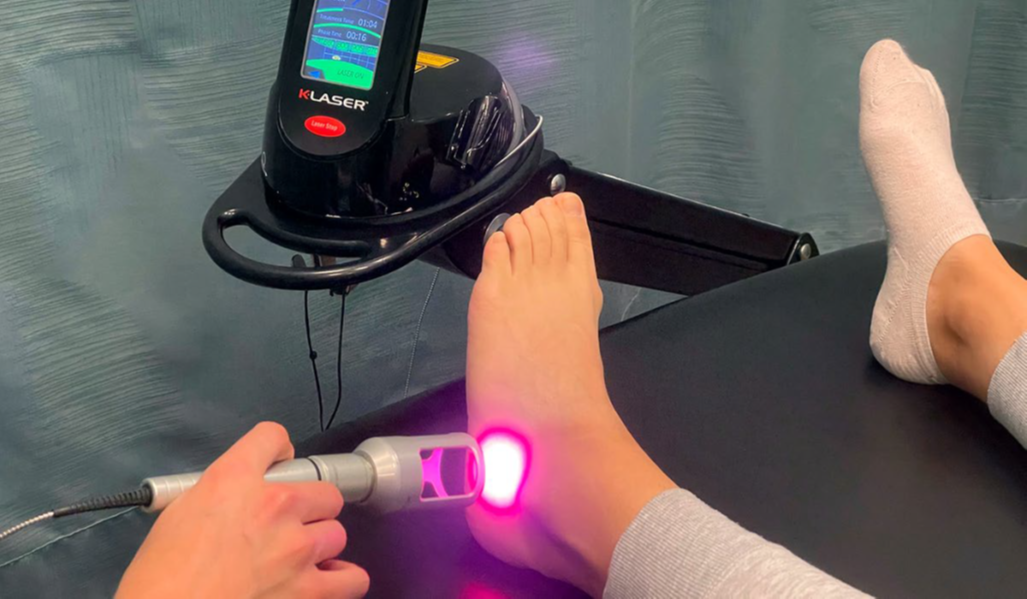
Improved blood flow
Since the class IV laser produces a thermal heating effect (it heats up the skin and tissues underneath), it has the unique ability to improve the amount of blood flow into and around the injured or painful body part, including deeper tissues underneath the skin.
Heat causes blood vessels within the body to expand or open up (a process known as vasodilation). The more expanded a blood vessel becomes, the greater the amount of blood that can move through the vessel.
Adequate blood flow is essential for optimizing cellular and tissue recovery. Class IV laser therapy will not only improve blood flow within an injured or painful area, but it will also enhance the environment of the blood itself (more on that in the following section).
As a bonus: a standard hot pack will require twenty minutes of continuous contact with the skin to penetrate to a depth of 2cm. Class IV lasers can achieve this depth of heating at a much quicker rate (typically within just a few minutes)!
Improved oxygenation & nitric oxide availability
The cells and subsequent tissues within your body require oxygen to stay healthy and alive (remember the term “aerobic respiration” from high school biology class?). An oxygen-rich environment can be incredibly therapeutic for injured tissues within the body (oxygen is required by the injured tissues in the body for injury recovery).
Through a series of enzymatic reactions, class IV laser therapy helps to increase the amount of free oxygen within the bloodstream, providing injured tissues with additional oxygen to utilize for the recovery process.
In addition to more oxygen becoming available, laser therapy has also been shown to increase the availability of nitric oxide (NO) – a substance that plays an important role in tissue health.2
The geeky explanation of how this process occurs is through the energy contained within the laser’s specific wavelengths of light. The energy breaks apart the bond that holds nitric oxide molecules to hemoglobin – another molecule within the bloodstream.
When nitric oxide molecules within the bloodstream are bound to hemoglobin, nitric oxide cannot effectively be utilized by the injured tissues; it’s only when nitric oxide is freely available that it can be used by the injured tissues for the metabolic processes involving recovery.
Think of it as a bike locked up to a bike rack; the bike can’t be ridden until the bike lock is removed. In the case of laser therapy, the bike lock is the bond that holds the nitric oxide to the hemoglobin. Get rid of the bond/lock, and the nitric oxide/bike can be put to use.
Increased metabolic activity
When light energy from the laser device penetrates the skin, these wavelengths of light are absorbed by microscopic pigments (called chromatophores) within each cell. Light contains energy (known as photons), but if you think back to high school science class (gulp!), energy cannot be created nor destroyed — it can only transfer from one state to another.
In the case of laser therapy, this light energy is converted into chemical energy that your cells and tissues can then use for cellular repair and recovery.2,3
Essentially, think of this process as giving your injured cells a bunch of caffeine, allowing them to have more energy and get more work done (we here at Tower Physio love our caffeine!).
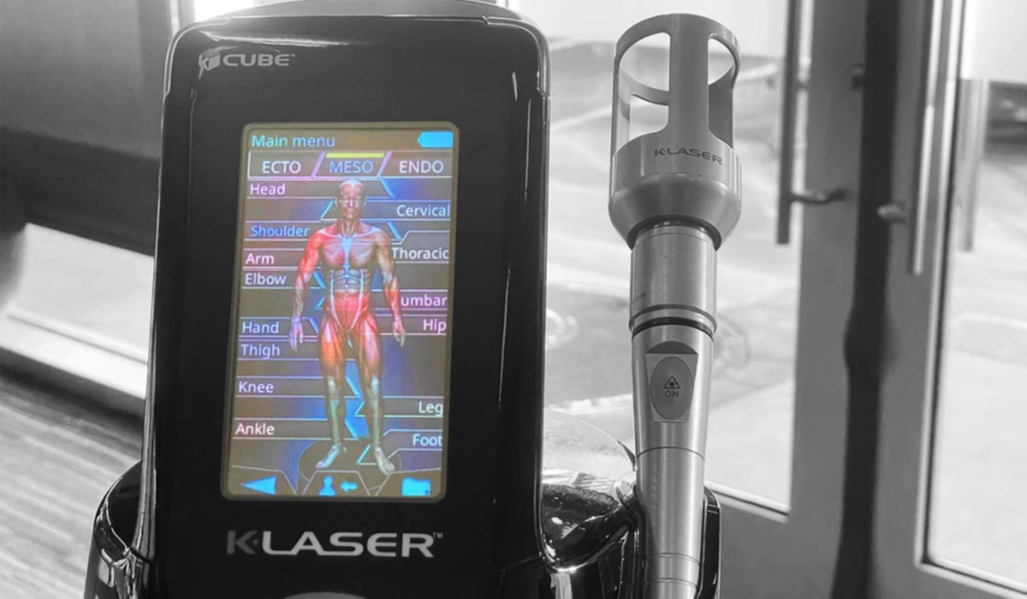
Why laser therapy?
There are numerous reasons why incorporating class IV laser therapy into the treatment process is a smart move to make. We can’t list them all within a single blog article, but what follows are some of the more practical and therapeutic reasons for utilizing class IV laser therapy:
● It can easily be incorporated into additional treatment modalities and techniques within a physiotherapy treatment session (which we almost always do).
● The process only takes a few minutes, making it a very time-effective intervention.
● The heating effect provided by the laser often has a pain-reducing effect.
● It helps prepare the treatment area for additional techniques (manual therapy, stretching, etc.)
● It can be used for brand-new (acute) or chronic (longstanding and ongoing) injuries and pain.
● Laser therapy is painless, making it a practical treatment choice for individuals experiencing high levels of pain.
Conditions treated with laser therapy
There are numerous types of injuries and conditions that can benefit from receiving laser therapy treatment — too many for this article, to be sure. Still, we can provide a general overview of when class IV laser therapy may be appropriate to utilize.
What follows below are some of the most common conditions for which we utilize our K- laser here at Tower Physio:
● Various tendinopathies (Achilles tendonitis, Dequervains tenosynovitis, tennis elbow, etc.)
● Frozen shoulder (known as adhesive capsulitis)
● Osteoarthritis (knee arthritis, neck arthritis, etc.)
● Muscle strains (a pulled calf muscle, a pulled groin, etc.)
● Joint sprains (rolled ankles, wrist sprains, etc.)
● Whiplash-associated disorder (a type of neck pain)
What else besides laser?
Here at Tower, we believe in offering our patients the most effective treatment sessions possible. As such, we commonly use various treatment devices and techniques within each session. Don’t worry; our treatments are a flat rate, so you never have to pay extra for additional treatment devices or services within a treatment session.
Depending on your injury or condition, we will select treatment devices or approaches tailored to your specific needs; we don’t believe in cookie-cutter approaches. Every patient is unique, and so their treatment sessions should reflect this.
Additional treatment therapies that we often include within a patient’s session include:
● Extracorporeal shockwave therapy (ESWT)
● Manual therapy techniques
● eTOiMs therapy
● Therapeutic exercise
● Instrument-assisted soft tissue mobilization (IASTM) and myofascial release
● Intramuscular stimulation (IMS/Dry needling)
Oftentimes our fellow Calgary patients will experience a synergistic effect in pain reduction and tissue healing when laser therapy is combined with additional treatment methods that are most ideal for their individual circumstances. The result is faster and more complete healing, with few treatment sessions required.
Final thoughts
Laser therapy has kept many of our fellow Calgarian patients going over the years. It’s a powerful and pain-free treatment modality that can help accelerate physical recovery. If you have any questions about whether or not you can benefit from our class IV laser, or if you have any questions about your injury or condition, give us a call – we’d love to help answer your questions!
References:
- Hashmi JT, Huang YY, Osmani BZ, Sharma SK, Naeser MA, Hamblin MR. Role of low-level laser therapy in neurorehabilitation. Pm&r. 2010;2:S292-S305.
- Poyton RO, Ball KA. Therapeutic photobiomodulation: nitric oxide and a novel function of mitochondrial cytochrome c oxidase. Discov Med. 2011;11(57):154-159.
- Corazza AV, Jorge J, Kurachi C, Bagnato VS. Photobiomodulation on the Angiogenesis of Skin Wounds in Rats Using Different Light Sources. Photomed Laser Surg. 2007;25(2):102- 106. doi:10.1089/pho.2006.2011
